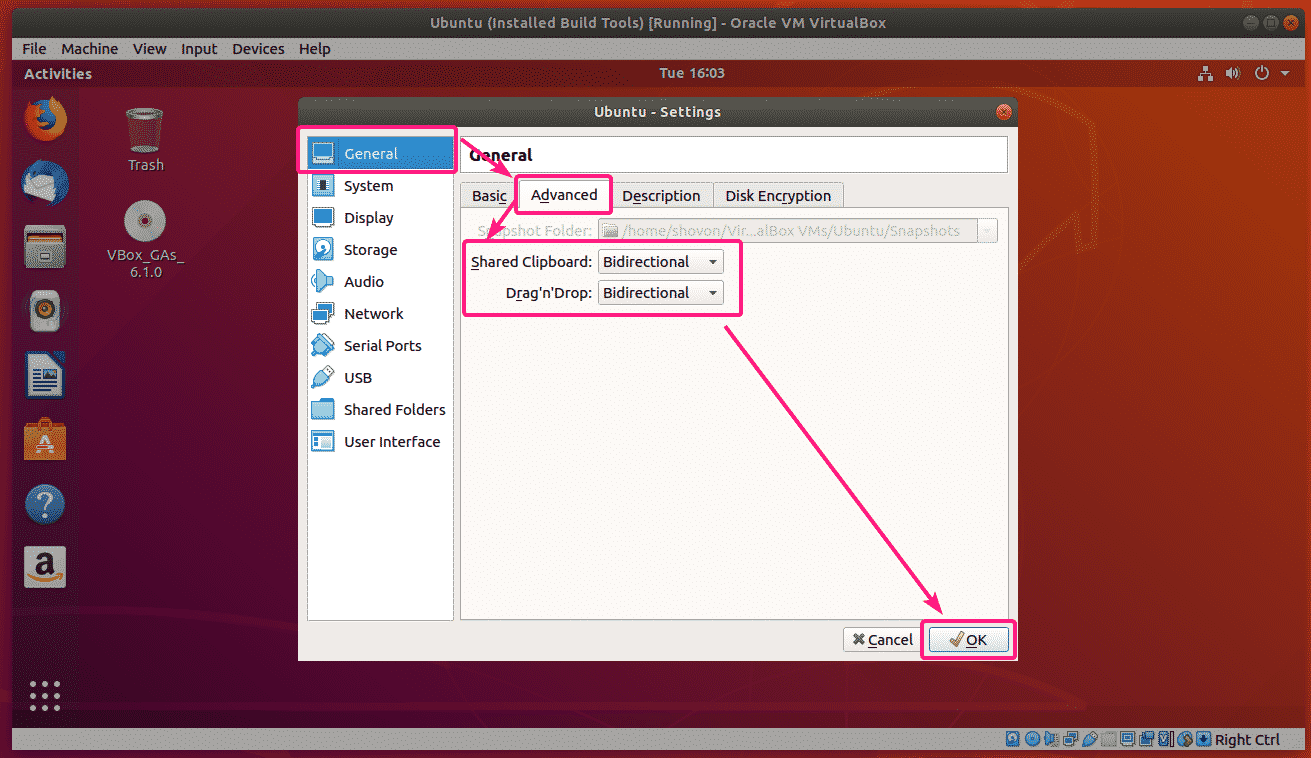
This chapter introduces the steps to install PG-Strom.

The first column contains all the samples which your model thinks are "a" - 145 of them, total.

The columns tell you how your model classified your samples - it's what the model predicted: In your data, the target variable was either "functional" or "non-functional " the right side of the matrix tells you that column "a" is functional, and "b" is non-functional. The confusion matrix is Weka reporting on how good this J48 model is in terms of what it gets right, and what it gets wrong. When studying a confusion matrix, always make sure to check the labels to see whether it's true classes in rows, predicted class in columns or the other way around. Everything off that diagonal is an incorrect classification of some sort.Įdit: The Wikipedia page has since switched the rows and columns around. In your example, 15 Bs were (incorrectly) classified as As, 150 Bs were correctly classified as Bs, etc.Īs a result, all correct classifications are on the top-left to bottom-right diagonal.

Each entry, then, gives the number of instances of that were classified as. The row indicates the true class, the column indicates the classifier output. Have you read the wikipedia page on confusion matrices? The text around the matrix is arranged slightly differently in their example (row labels on the left instead of on the right), but you read it just the same.


 0 kommentar(er)
0 kommentar(er)
